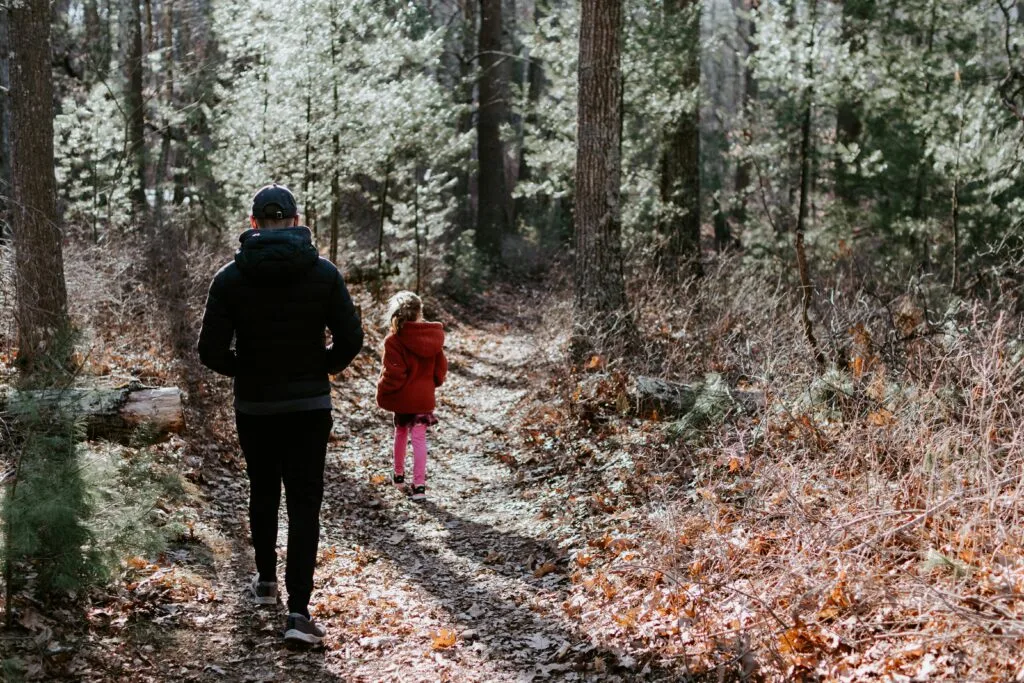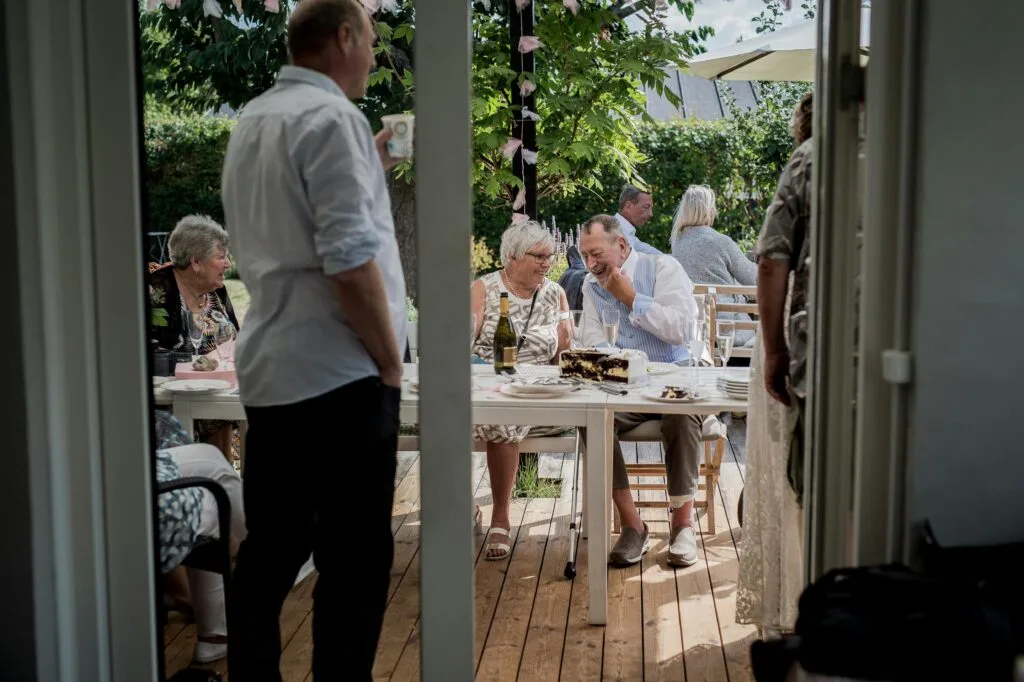Shopping used to be an adventure, not a chore you rushed through while checking items off a phone app. Back in the ’70s and ’80s, wandering through certain store aisles felt like exploring enchanted kingdoms where every shelf held mysterious treasures and possibilities. These weren’t just places to buy things—they were wonderlands that sparked imagination, triggered all your senses, and made even the most mundane shopping trip feel like a magical journey through carefully curated worlds of discovery.
1. The Record Store Listening Booths
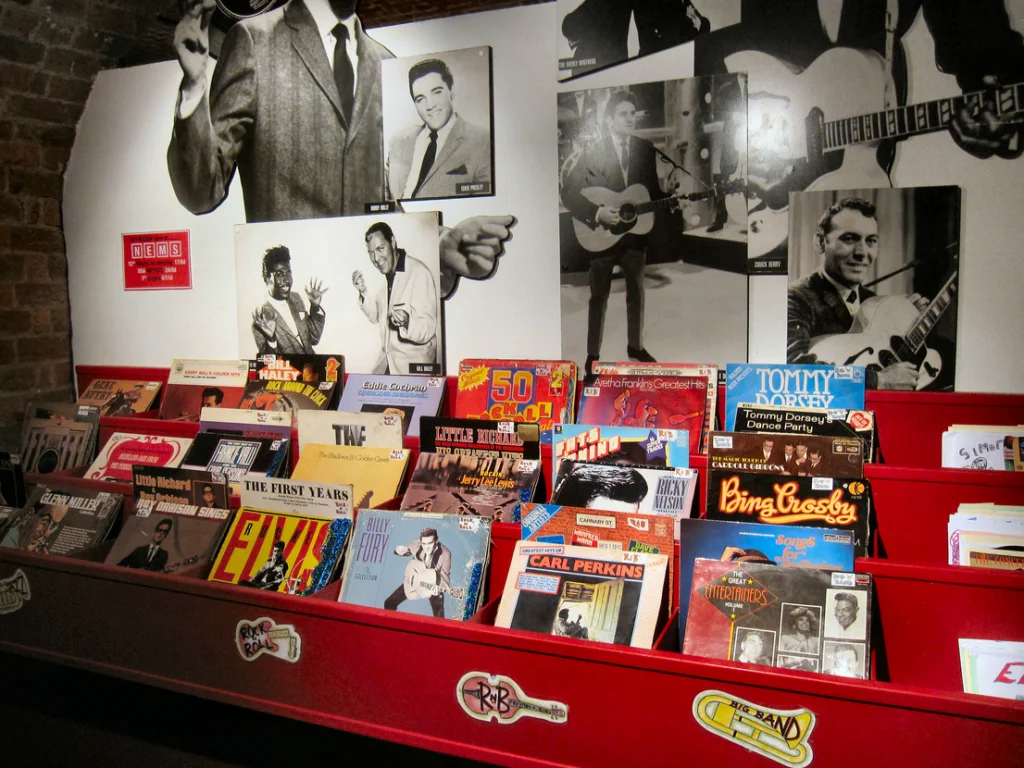
Nothing compared to the hushed reverence of stepping into a record store’s listening booth, closing that flimsy door, and slipping on those shared headphones that had heard a thousand musical revelations before yours. The booth itself was barely bigger than a phone booth, with worn carpet and walls covered in thumbtack holes from decades of album artwork displays. You’d clutch that pristine vinyl album like a sacred text, knowing you had maybe ten minutes to decide if this was worth your allowance money or lawn-mowing earnings. Camoin Associates happily reports that records, and by extension record stores, are enjoying a comeback amidst this age of technology.
The magic happened when the needle dropped and music filled your private universe, blocking out the world beyond that thin partition. Other customers would hover nearby, waiting their turn while you lost yourself in Pink Floyd’s soundscapes or discovered whether this new band called Duran Duran was worth the hype. The experience turned music shopping into a ritual, where every purchase was carefully considered and every album became a treasured possession rather than just another file on a playlist.
2. The Sears Catalog Department’s Treasure Trove
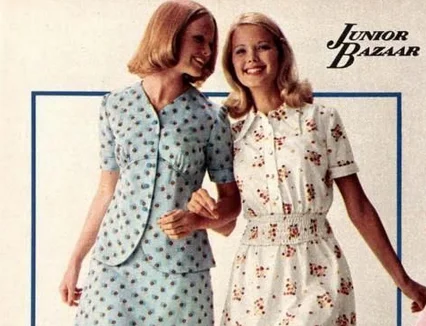
The Sears catalog department existed in its own dimension, where thick catalogs filled with every possible human need sat stacked like ancient texts waiting to reveal their secrets. Customers would settle into folding chairs with the reverence of scholars, carefully turning pages and making notes on tiny slips of paper while children discovered toys they never knew existed. The seasonal catalogs transformed this corner into different worlds—Christmas bringing the legendary toy section, while spring revealed lawn mowers and patio furniture that promised backyard paradise. Smithsonian Magazine reveals just how much the Sears catalog changed in the time it was around.
The magic lived in pure possibility, where you could furnish an entire house, outfit a family, and plan a lifestyle just by flipping through glossy pages. Parents would spend hours comparing appliance specifications while kids memorized every toy on pages 394 through 427, planning elaborate birthday wish lists that exceeded any reasonable budget. The catalog department represented hope and aspiration, where dreams took shape through careful examination of products that might someday transform your ordinary life into something extraordinary.
3. The Woolworth’s Five-and-Dime Everything Aisle

Woolworth’s defied logic and organization, cramming more random merchandise into narrow aisles than seemed physically possible while somehow making it all feel perfectly normal. You might find sewing supplies next to candy, with fishing hooks sharing shelf space with hair ribbons and pocket calculators sitting beside costume jewelry. The sheer randomness created treasure hunt excitement, where every shopping trip guaranteed unexpected discoveries that you never knew you needed until you saw them. Britannica reveals the full scope of this show’s range and impact alike.
The magic happened in the browsing, where families would split up and reconvene twenty minutes later with completely different collections of small wonders. Kids would gravitate toward the toy section that somehow mixed serious educational items with pure plastic nonsense, while adults discovered household solutions they didn’t realize existed. The five-and-dime philosophy meant everything was affordable enough to take a chance on, turning shopping into an adventure in small-scale risk-taking and delightful impulse purchases.
4. The Pharmacy’s Mysterious Medicine Aisle
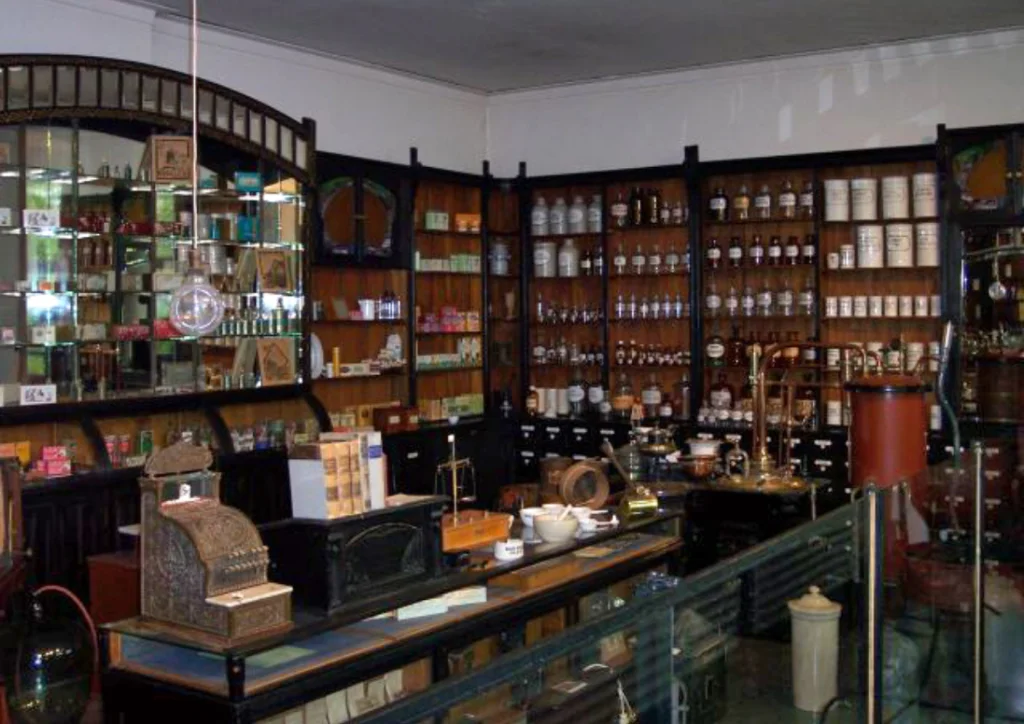
The pharmacy aisle existed behind the prescription counter like a forbidden kingdom, visible but untouchable, filled with mysterious bottles and medical equipment that seemed both fascinating and slightly dangerous. Pharmacists moved through this space like white-coated wizards, measuring powders and liquids with scientific precision while customers watched from the other side of the counter. The walls were lined with medications that promised to cure everything from headaches to heartbreak, each bottle labeled with warnings that made them seem more powerful and important.
Even the customer side of the pharmacy held magic, with its neat rows of remedies and health aids that promised to solve problems you didn’t know you had. The blood pressure cuff mounted on the wall drew curious customers who wanted to play doctor, while the vitamin section offered hope in colorful capsules and tablets. Shopping for medicine felt like consulting with modern alchemists who could transform your ailments into wellness through carefully measured combinations of chemistry and hope.
5. The Hardware Store’s Problem-Solving Paradise
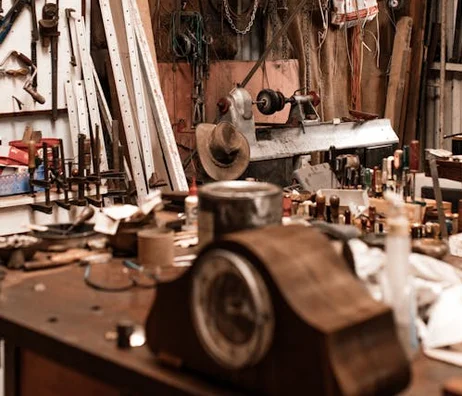
Hardware stores were temples to human ingenuity, where every conceivable problem had a solution hanging on a pegboard or sitting in a carefully labeled bin. The aisles stretched endlessly, filled with mysterious tools and fasteners that promised to fix everything from squeaky hinges to life’s more complex mechanical challenges. Customers would wander these aisles like pilgrims seeking enlightenment, often discovering solutions to problems they hadn’t even identified yet.
The magic lived in the store’s promise that somewhere among these thousands of items was exactly what you needed, even if you couldn’t quite describe what that was. Helpful clerks possessed encyclopedic knowledge of every nut, bolt, and widget, serving as guides through this maze of practical possibilities. Children would marvel at tools they couldn’t name while adults felt empowered by the sheer availability of everything needed to build, fix, or improve their world.
6. The Toy Store’s Wonderland Aisles
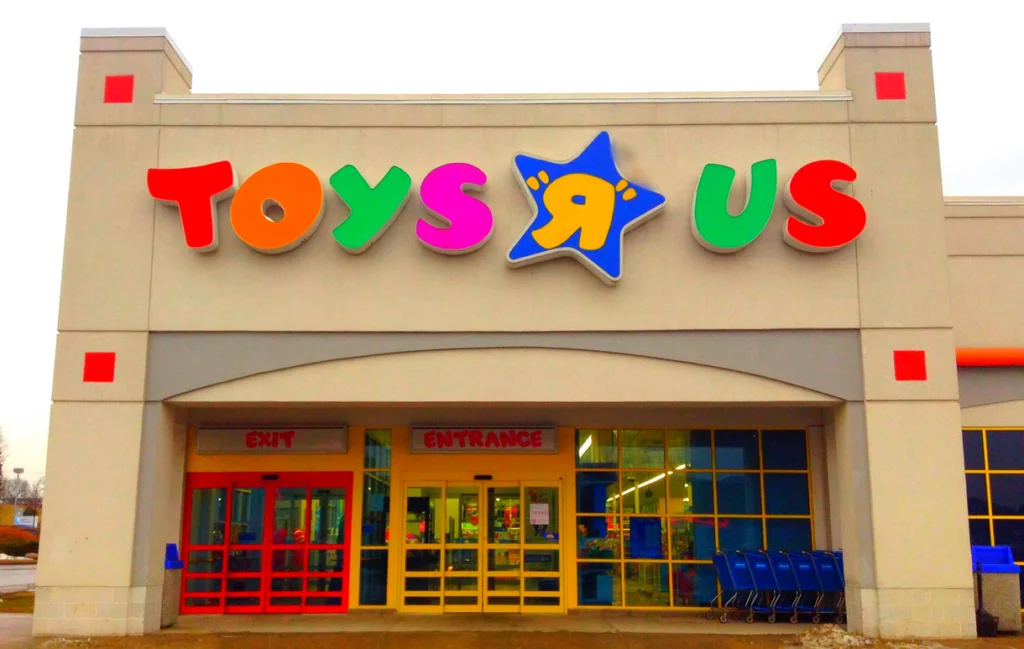
Toy stores were designed as magical kingdoms where childhood dreams took physical form, with aisles organized by age and interest but somehow transcending all logical boundaries. The action figure aisle buzzed with possibilities for epic adventures, while the board game section promised family nights filled with laughter and friendly competition. Every shelf was precisely positioned at kid height, making the entire store feel like it was built specifically for small hands and big imaginations.
The seasonal transformations turned these spaces into ever-changing wonderlands, where Christmas displays reached nearly to the ceiling and Easter brought pastel-colored promises of spring celebrations. Parents would lose their children for twenty-minute stretches, only to find them sitting cross-legged on the floor, completely absorbed in examining every detail of a toy they’d just discovered. The toy store aisles weren’t just retail spaces—they were laboratories where children tested their dreams against reality and usually found the dreams more appealing.
7. The Bookstore’s Literary Labyrinths
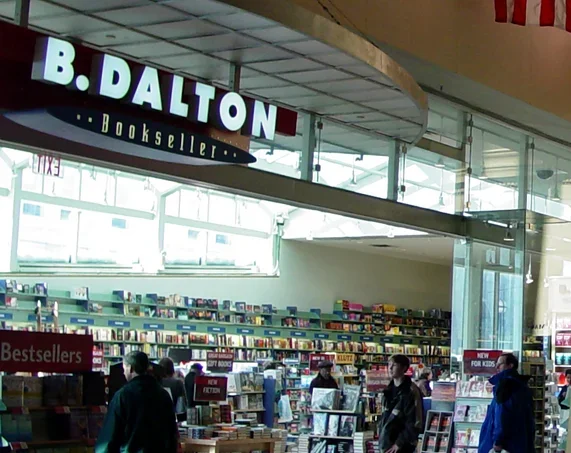
Independent bookstores created intimate labyrinths where every aisle offered escape routes from ordinary life into worlds limited only by human imagination. The narrow passages between towering shelves felt like secret corridors, with customers speaking in hushed tones out of respect for the sleeping stories surrounding them. Each section had its own personality—romance novels promised passion, science fiction offered futures beyond current imagination, and mystery sections whispered of puzzles waiting to be solved.
The magic happened in serendipitous discovery, where browsing led to unexpected literary encounters that changed reading habits forever. Bookstore cats would weave between customers’ legs while coffee brewing in the corner created the perfect atmosphere for sampling new authors and genres. These spaces encouraged lingering, with comfortable chairs strategically placed to invite customers to settle in and lose track of time while preview-reading their potential purchases.
8. The Department Store Cosmetics Counter
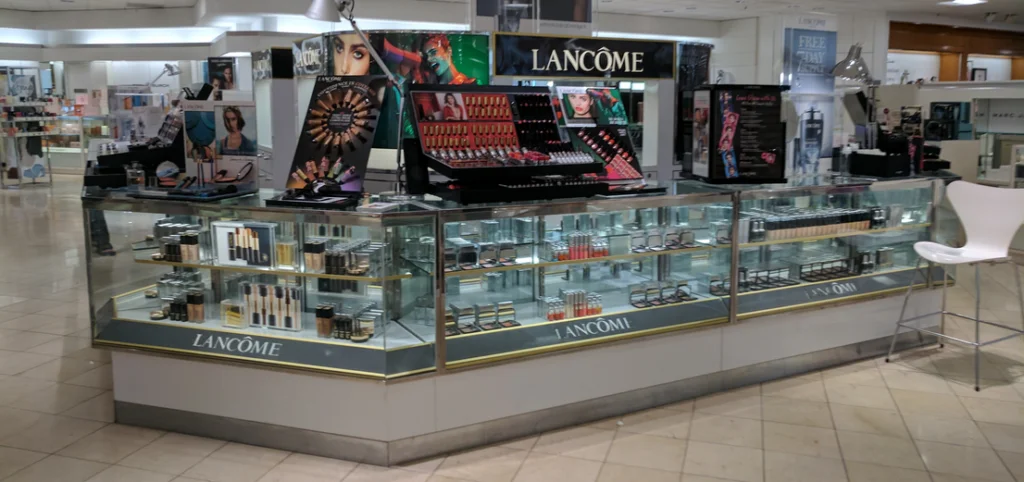
The cosmetics counter existed as a perfumed oasis of glamour and possibility, where ordinary women could transform into magazine-worthy versions of themselves through carefully applied chemistry. Glass cases displayed lipsticks like precious jewels while mirrors surrounded by professional lighting promised to reveal your best possible self. The sales associates moved like artists, wielding brushes and color palettes with the confidence of people who understood the alchemy of beauty.
The sensory experience overwhelmed in the best possible way, with dozens of fragrances mingling in the air while textures ranging from silky powders to creamy foundations invited tactile exploration. Free makeovers weren’t just sales tactics—they were magical transformations that made customers feel special and pampered in an era before beauty tutorials made everyone their own expert. The cosmetics counter represented aspiration and self-care, where spending money felt like investing in a more beautiful version of yourself.
9. The Electronics Store’s Future Showcase
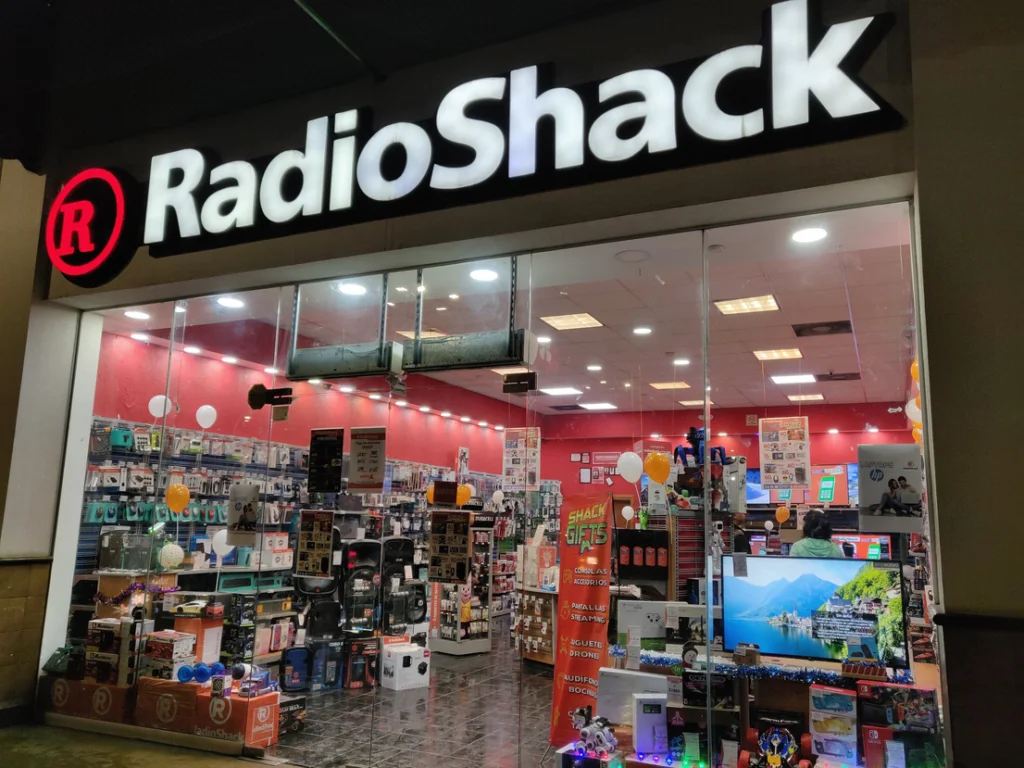
Electronics stores were museums of the future, displaying technologies that seemed impossibly advanced while promising to revolutionize daily life in ways that seemed almost too good to be true. Customers would gather around demonstration units like devotees witnessing miracles, watching VCRs record television programs or computers perform calculations that once required teams of mathematicians. The sales staff possessed almost mystical knowledge about how these electronic marvels worked and what they could accomplish in the right hands.
The magic lived in the promise of transformation, where purchasing the right electronic device could upgrade your entire lifestyle and solve problems you’d learned to accept as permanent. Families would debate the merits of different stereo systems while children gravitated toward video game displays that offered glimpses of entertainment possibilities beyond anything they’d previously imagined. Electronics stores weren’t just retail spaces—they were glimpses into tomorrow, where the future arrived one purchase at a time.
10. The Fabric Store’s Creative Universe
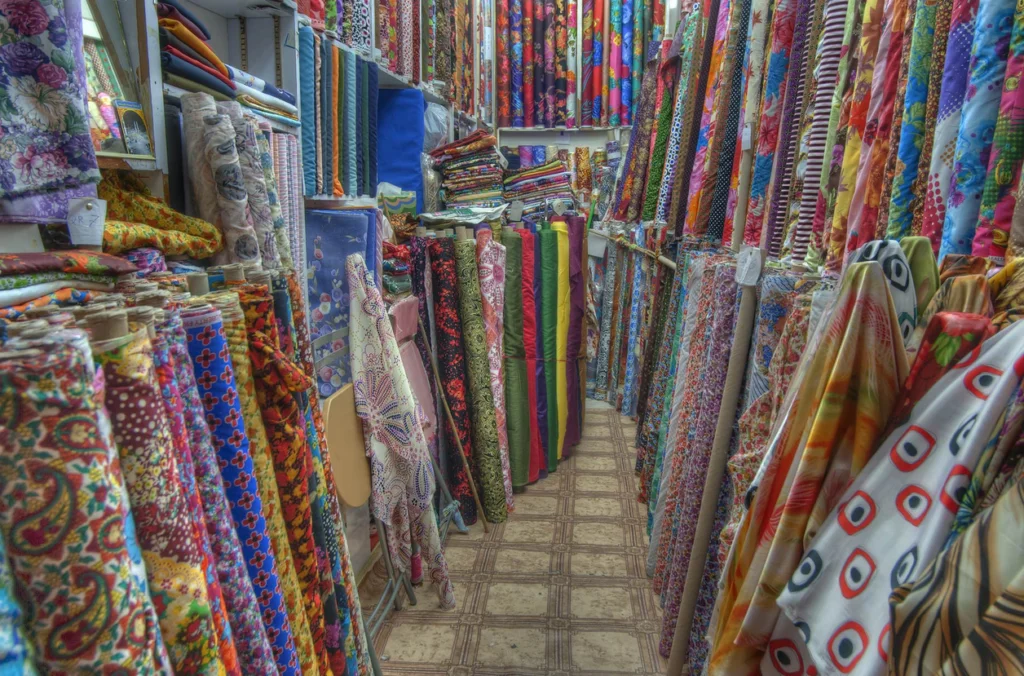
Fabric stores overflowed with creative potential, where bolts of material in every conceivable color, pattern, and texture promised to become clothing, curtains, quilts, or any other textile dream you could imagine. The cutting counter served as the altar where possibilities became reality, with precise measurements transforming abstract ideas into concrete projects. Pattern books offered instruction and inspiration, showing how flat pieces of fabric could become three-dimensional expressions of personal style and creativity.
The sensory experience was overwhelming in the most delightful way, with textures ranging from rough burlap to silky satin begging to be touched while colors created rainbow landscapes across every wall. Customers would spend hours comparing similar shades or feeling the weight of different materials, knowing that their choice would determine the success of projects that might take months to complete. Fabric stores celebrated the human urge to create, providing both raw materials and inspiration for transforming the ordinary into something beautiful and uniquely personal.
11. The Pet Store’s Living Wonderland
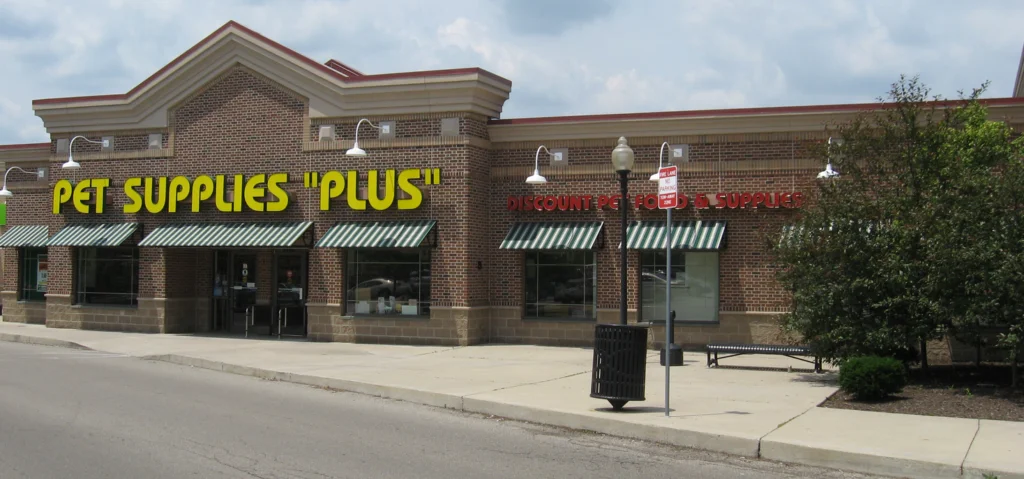
Pet stores were living zoos where every aisle contained creatures that could become beloved family members, turning routine shopping into emotional adventures filled with possibility and responsibility. Puppies and kittens drew crowds of admirers while tropical fish created mesmerizing underwater landscapes in wall-to-wall aquariums. The constant sounds of chirping, barking, and gentle bubbling created soundtracks that made these stores feel alive in ways that no other retail space could match.
The magic happened in connection, where children would press their faces against glass enclosures and fall in love with creatures they’d just met while parents calculated the long-term commitment of pet ownership. Bird sections filled with exotic colors and personalities while hamster habitats demonstrated tiny civilizations complete with wheels, tunnels, and miniature furniture. Pet stores sold more than animals—they offered companionship, responsibility, and the chance to expand your family in ways that would change your life forever.
12. The Ice Cream Shop’s Frozen Paradise
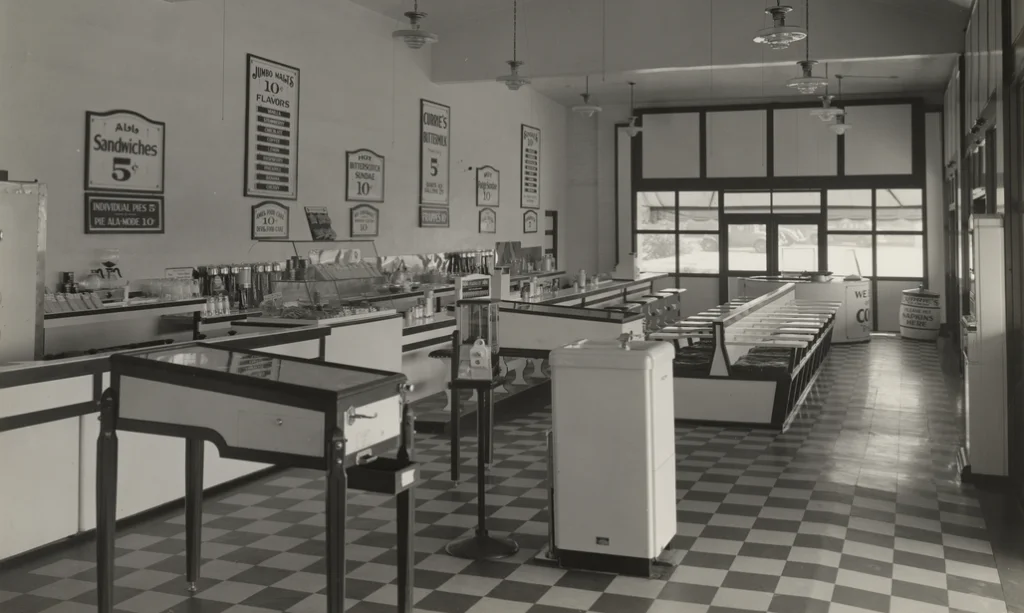
Ice cream shops created frozen wonderlands where dozens of flavors promised sweet relief from summer heat and life’s general disappointments. Glass-covered freezers displayed colorful landscapes of ice cream that looked almost too perfect to disturb, while the constant hum of freezers provided a cool soundtrack to decision-making processes that could take forever. The challenge wasn’t finding something you wanted—it was choosing among so many appealing options that seemed equally deserving of your allowance money.
The magic lived in anticipation and satisfaction, where the ritual of selection became almost as important as the final product while toppings offered endless customization possibilities. Families would debate flavor combinations while children pressed their faces against cool glass, fogging up the view with their excited breathing as they contemplated sugar-fueled happiness. Ice cream shops weren’t just dessert destinations—they were temples to simple pleasure, where life’s complications temporarily dissolved in the face of perfectly crafted frozen sweetness.
Those aisles represented more than just retail spaces—they were theaters where ordinary shopping became adventures in possibility and discovery. We moved through them more slowly, with more curiosity and less efficiency, allowing ourselves to be surprised by things we didn’t know we wanted until we found them. Maybe the real magic wasn’t in the products themselves, but in having the time and inclination to wander, wonder, and occasionally stumble upon exactly what we didn’t know we were looking for.

